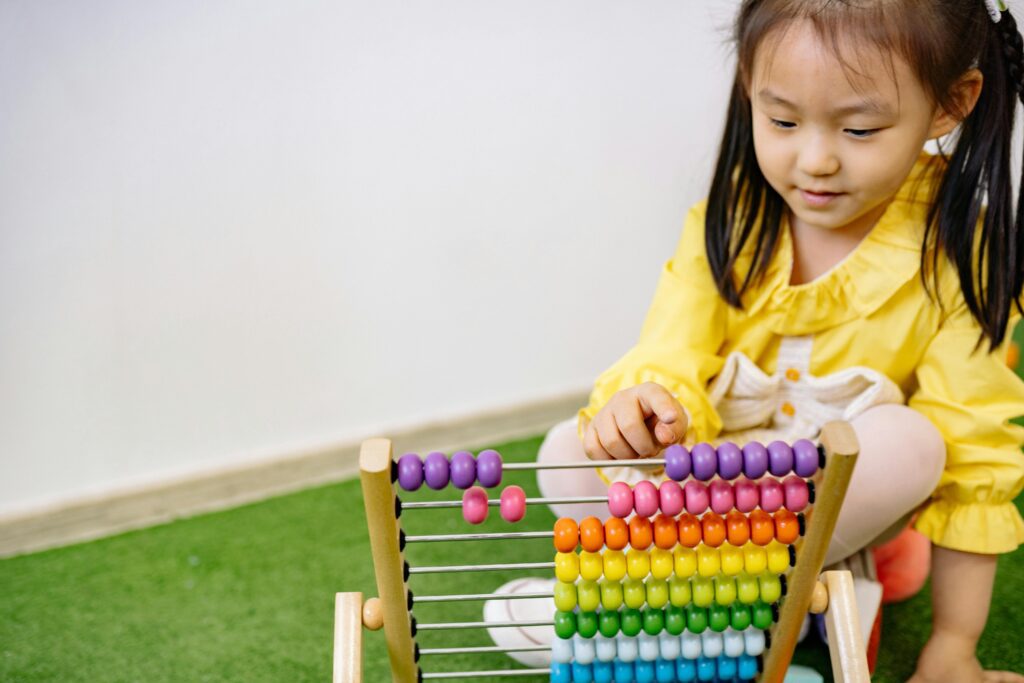
In an age where educational tools and methodologies are rapidly evolving, parents often seek effective ways to enhance their children’s mathematical skills. One particularly powerful tool that has stood the test of time is the abacus. This ancient instrument not only serves as a means of performing arithmetic but also fosters cognitive development and problem-solving abilities. For parents aiming to cultivate mathematical excellence in their children, the abacus presents an engaging and effective solution.
The abacus, often associated with Asian cultures, is a simple yet versatile calculating device that offers a tactile, visual way to understand numbers and operations. By manipulating the beads on the rods, children gain a deeper grasp of mathematical concepts, particularly multiplication. Unlike traditional methods that can feel abstract and overwhelming, the abacus provides a concrete experience that can make learning both intuitive and enjoyable.
One of the key benefits of using the abacus for multiplication is its ability to enhance mental calculation skills. As children practice with the abacus, they gradually learn to visualize numbers and perform calculations mentally, a skill that is invaluable in today’s fast-paced world. This mental agility not only boosts confidence but also lays a strong foundation for more advanced mathematical concepts.
Moreover, learning multiplication through the abacus encourages a systematic approach to problem-solving. Children learn to break down complex multiplication problems into smaller, more manageable parts. For instance, when multiplying larger numbers, they can decompose the numbers into tens and units, making it easier to perform calculations. This method not only simplifies the process but also instills critical thinking skills that are essential in all areas of learning.
Another aspect worth noting is the abacus’s ability to cater to various learning styles. Visual learners benefit from the colorful beads and physical manipulation of the abacus, while kinesthetic learners engage more effectively through hands-on activities. This versatility ensures that children remain motivated and interested in their learning journey, making the process of mastering multiplication not only effective but also enjoyable.
To implement the abacus in your child’s learning routine, consider setting aside dedicated time each week for practice. Start with basic multiplication facts, gradually introducing more complex problems as your child gains confidence. Incorporate games and challenges to make the experience fun. For instance, you might create timed competitions to solve multiplication problems using the abacus, fostering a sense of accomplishment and friendly rivalry.
Additionally, many educational resources and online platforms offer abacus training programs that can supplement your efforts at home. These resources often include interactive lessons, games, and quizzes that reinforce multiplication concepts while keeping children engaged.
As parents, fostering an environment where learning is celebrated is crucial. Encourage your child to explore the abacus at their own pace, reinforcing their progress with praise and support. By doing so, you cultivate a love for mathematics that can lead to lifelong learning and academic excellence.
In conclusion, the abacus is not just a tool for performing calculations; it is a gateway to developing mathematical proficiency and cognitive skills. By introducing your child to this timeless instrument, you empower them to master multiplication in an enjoyable and effective manner. As they become adept at using the abacus, you are not only helping them excel in mathematics but also nurturing their overall intellectual growth. Embrace the abacus as a means to unlock your child’s full potential and set them on the path to mathematical excellence.
